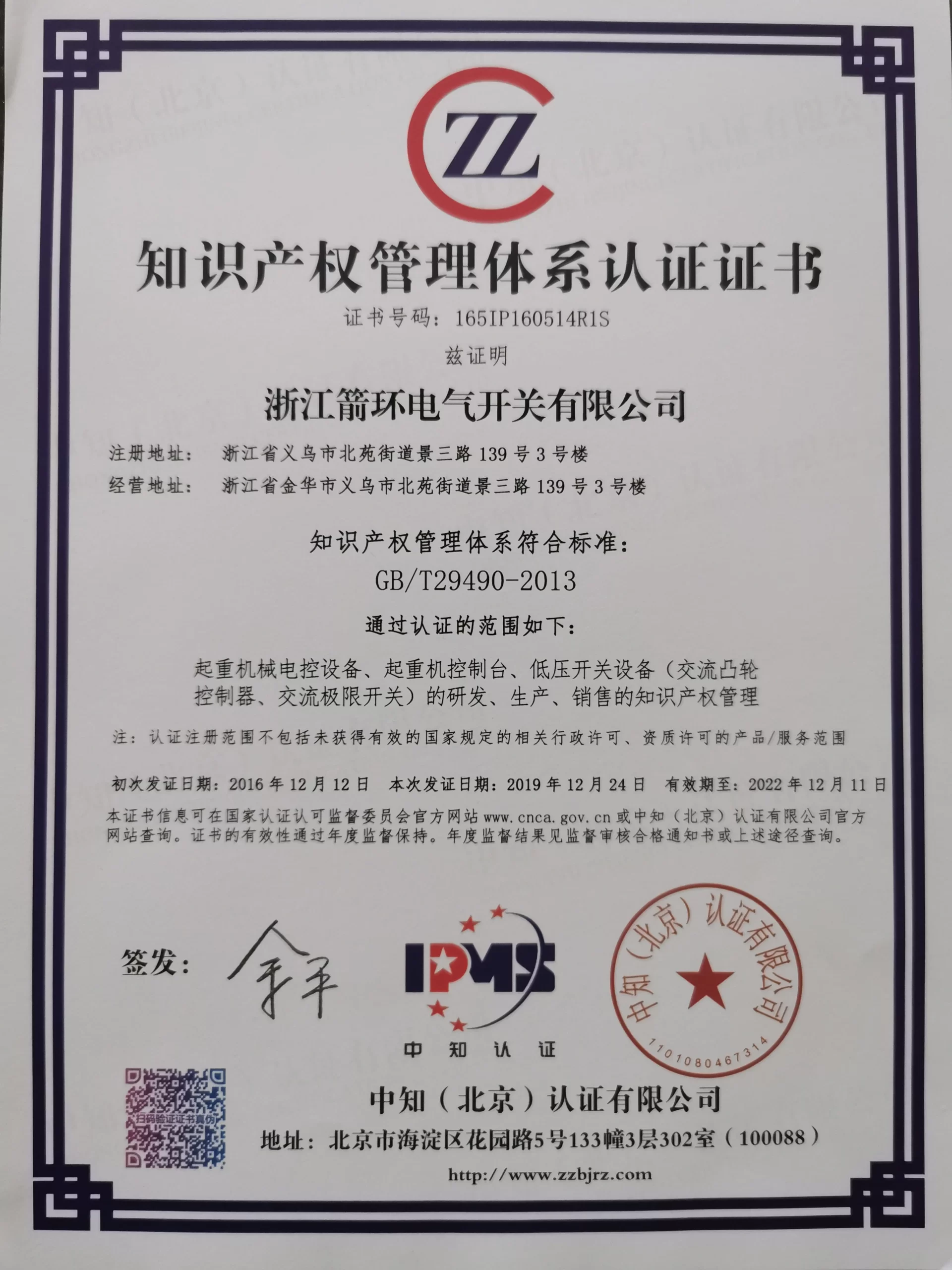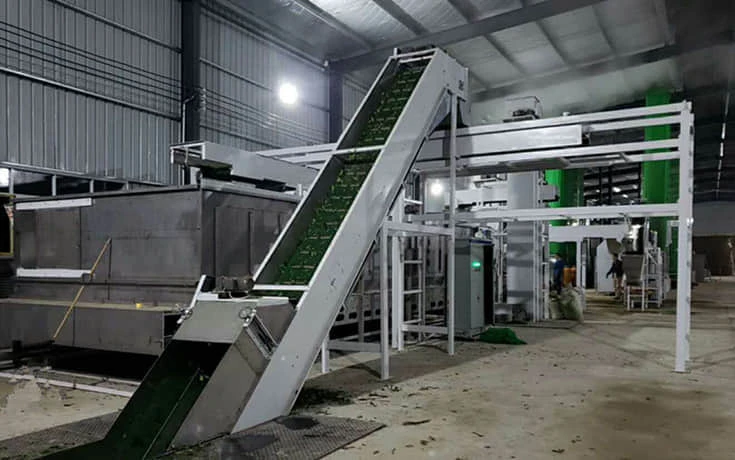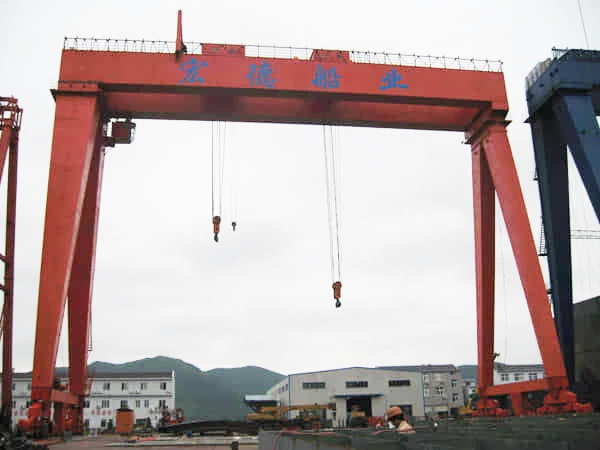State Grid Corporation held a press conference on power grid development on January 19, announcing the achievements of deepening the power system reform, such as power market – based transactions, and stating that it will continue to support the development of electric vehicles and new energy. Regarding future investment plans, State Grid said that it would build 29,000 charging piles in 2017 and complete 120,000 charging piles by 2020. At the same time, State Grid indicated that it would further deepen the power system reform to support and serve the development of new energy.
Supporting the Electric Vehicle Industry
On January 19, State Grid stated that in 2016, the company built 22,000 charging piles, with the cumulative number of built charging piles exceeding 40,000. The company completed 12.32 million charging and battery – swapping services throughout the year, with a charging and battery – swapping power volume of 220 million kWh.
Regarding future investment and construction plans, State Grid said that it would build 29,000 charging piles in 2017 and complete 120,000 by 2020.
At present, State Grid has built a “six – vertical, six – horizontal, two – ring” expressway fast – charging network, covering 14,000 kilometers, 13 provinces, and 95 cities. The average distance between expressway fast – charging stations is no more than 50 kilometers. Each station is equipped with 4 DC charging piles, and the maximum power of a single pile is 120 kW. Any electric vehicle that meets national standards can be charged.
It is reported that to deepen the application of “Internet +” charging and battery – swapping services, State Grid has adopted a series of new technologies, including big data, cloud computing, the Internet of Things, and mobile Internet, to build an electric vehicle networking platform. This platform provides information services for charging operators of electric vehicle customers, promoting the sharing of social resources.
However, State Grid said that the charging pile business has not achieved profitability yet, which is also the main obstacle for social capital to invest in this industry. State Grid emphasized that it will fully support social capital investment in charging piles. On the electric vehicle networking platform built by State Grid, there are currently more than 100,000 connected charging piles. Among them, 63,000 are operated by social operators, and 44,000 are self – built by State Grid.
State Grid said that it will continue to promote the coordinated development of the power grid. As of now, State Grid has cumulatively put into production the “six AC and five DC” projects, and there are “three AC and six DC” projects under construction. The length of the lines under construction and in operation, as well as the transformation (conversion) capacity, exceed 30,000 kilometers and 300 million kVA (kW) respectively. The investment in a new round of rural power grid renovation and upgrading is 171.8 billion yuan.
According to the “Notice of the National Development and Reform Commission on the Opinions of Implementing a New Round of Rural Power Grid Renovation and Upgrading Project during the 13th Five – Year Plan Period”, by 2020, stable and reliable power supply services will basically cover all rural areas. The power supply capacity and service level will be significantly improved. The power supply reliability rate of the rural power grid will reach 99.8%, and the comprehensive voltage qualification rate will reach 97.9%. To achieve this goal, State Grid has already started to implement a new round of rural power grid renovation and upgrading projects, with a total investment of 522.2 billion yuan. Local power supply departments have also accelerated the pace of rural power grid renovation.
Deepening the Power System Reform
State Grid recently held a 2017 work conference and released the “Opinions of State Grid on Comprehensively Deepening Reform”, proposing to deepen the classified reform of its affiliated enterprises, promote the orderly liberalization of incremental distribution business, and explore ways to develop the distribution business through mixed – ownership.
State Grid said that the company has deeply promoted various power system reforms. At present, the transmission and distribution prices of the provincial power grids in Anhui, Hubei, and Ningxia have been officially implemented, and the transmission and distribution prices of the provincial power grids in Beijing, North Hebei, and other five regions have been approved. The national – level Beijing Power Exchange Center and 26 provincial – level power exchange centers have been established and operate relatively independently.
In terms of promoting market – based transactions, in 2016, the Beijing Power Exchange Center organized nearly 160 market – based transactions, and the inter – provincial market transaction electricity volume throughout the year reached 191.8 billion kWh, equivalent to the total annual electricity consumption of Beijing and Tianjin.
State Grid pointed out that in the next step, the Beijing Power Exchange Center and various provincial – level power exchange centers will adhere to the market – orientation, continuously improve trading rules, and further expand the market transaction scale, striving to exceed 1 trillion kWh in market transaction electricity volume in 2017.
At the same time, State Grid said that it would give play to the advantage of the UHV power grid in allocating resources over a large area, and take multiple measures to ease the contradiction of new energy consumption in the “Three North” regions. It will actively implement power – replacing – coal and power – replacing – oil and other electricity substitution measures, promote 41,000 electricity substitution projects, with a substitution electricity volume of 103 billion kWh.
The “13th Five – Year Plan” for Energy and Power Development proposes to vigorously develop new energy. By 2020, the national wind power installed capacity will reach more than 210 million kW, and the solar power installed capacity will reach more than 110 million kW. To achieve the goals of the “13th Five – Year Plan”, the government, power grid enterprises, power generation enterprises, and users need to work together, starting from multiple links such as power sources, power grids, users, and the market, taking multiple measures and comprehensive strategies. Combining with the actual situation of new energy consumption, State Grid Corporation has formulated 20 measures to promote new energy consumption and put forward relevant work requirements for units within the State Grid system.
There is news that this year’s State Grid charging pile bidding projects are in the power source projects in mid – March, mid – May, and late September.








